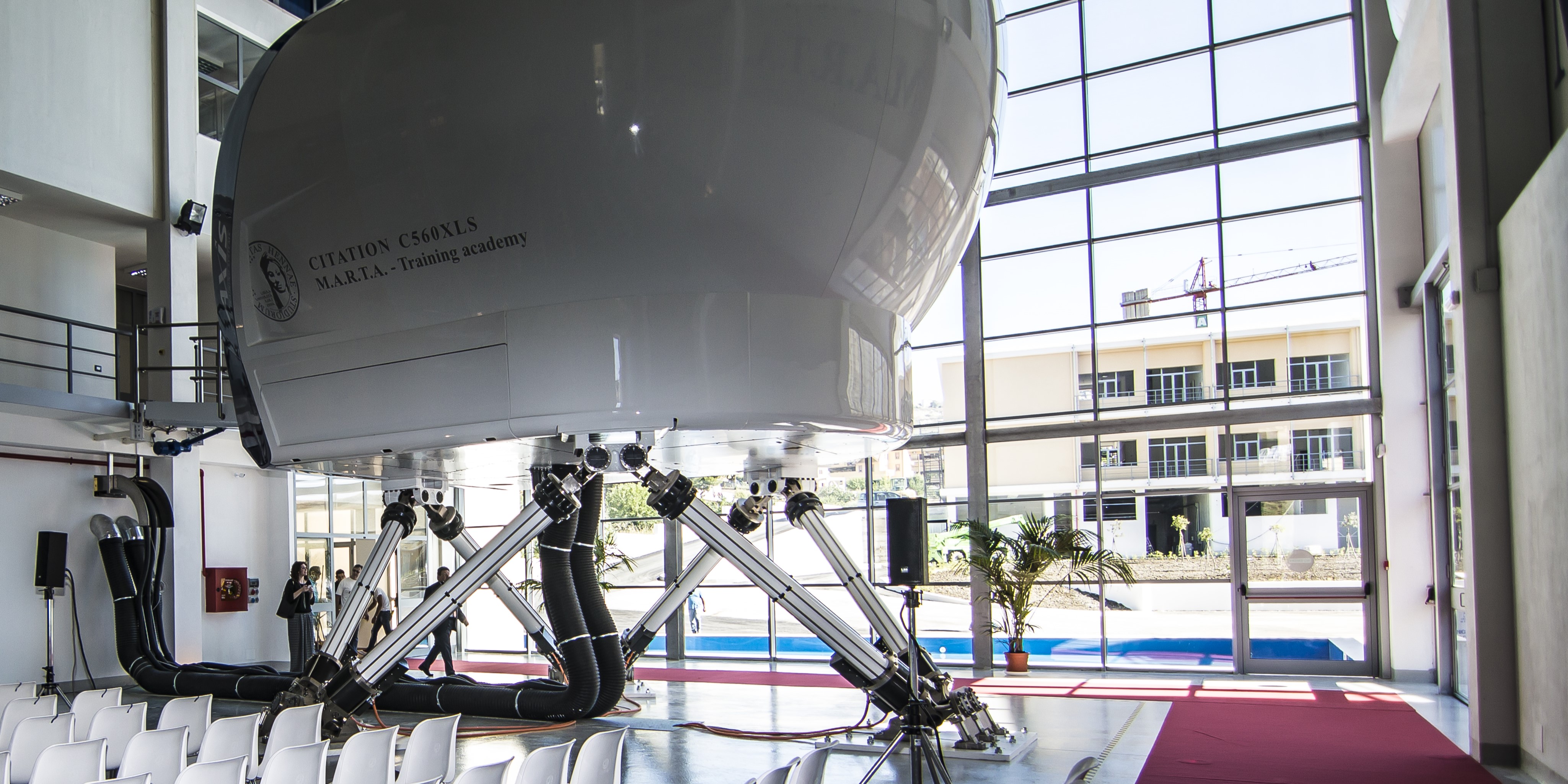
Experimental Characterisation of Impact-Resistant Thermoplastic Composite Joints using Metallic 3D-Reinforcements
Please login to view abstract download link
Thermoplastic composites already play a significant role in modern aircraft. However, their desired extended application in more and more aircraft structures presents new challenges to the material. For the wing leading edge one such challenge is bird strike. A major risk associated with bird strike is component separation causing damage to other aircraft structures. Therefore, when applying a new material to this structure, it is necessary to investigate and improve the joints between components to reduce the risk of separation. To enhance the connection between thermoplastically welded components, a novel metal joint reinforcement is presented. The reinforcement consists of an array of arrowhead pins inserted into the interface between two components. The pins are integrated into the out-of-plane direction of each of the component layups creating an additional load transfer path. This procedure has been shown to significantly increase the energy required to separate thermoset CFRP components [1]. This is achieved by increasing the total adhesion energy and by enabling mechanical interlocking. The presented study focuses on enhancing the dynamic load-bearing capabilities of the connection for thermoplastic composites for increased impact resistance. It is divided into two key areas: adhesion and mechanical interlocking. Interface tests, such as pin pull out and single lap shear (SLS) experiments, are conducted to analyse the adhesion between the metal reinforcement and the thermoplastic matrix. These tests investigate various pin geometries and metal surface treatments to identify an optimised joint reinforcement configuration. The results also provide information on the necessity and effectiveness of this reinforcement method. It can be shown that incorporating this additional metal joint reinforcement can enhance the separation behaviour between two subassemblies in a thermoplastic composite. Through experimental tests the structure geometry and surface treatment could be optimised for higher separation energy. Therefore, this joining procedure can be applied to reduce the risk of component separation under bird strike loads when using thermoplastic composite materials.
